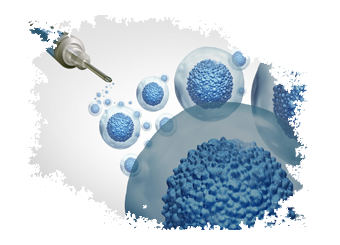
Stem Cell Transplant: A Game-Changer in Treating Serious Blood Disorders and Cancer
A stem cell transplant, also known as a hematopoietic stem cell transplant (HSCT), is a revolutionary treatment that involves replacing damaged or diseased bone marrow with healthy stem cells. This procedure is often used to treat conditions like leukemia, lymphoma, other types of cancer, and various blood disorders, including anemia and immune deficiencies. By restoring the body’s ability to produce healthy blood cells, stem cell transplants offer a new lease on life for many patients, especially those whose conditions have not responded to other treatments.
There are two primary types of stem cell transplants: autologous, where the patient’s own stem cells are collected, stored, and later reinfused after high-dose chemotherapy, and allogeneic, where stem cells are sourced from a matching donor. In the case of allogeneic transplants, the donor’s immune system helps fight any remaining cancer cells, though this comes with the risk of "graft-versus-host disease" (GVHD), where the donor cells may attack the patient’s body.
The process begins with intensive chemotherapy or radiation to destroy the diseased bone marrow. Afterward, healthy stem cells are infused into the patient’s bloodstream, where they travel to the bone marrow and begin producing new, healthy blood cells. Over time, the patient’s immune system begins to recover, and they are monitored closely for complications and signs of graft rejection or infection.
While stem cell transplants offer hope for patients with life-threatening blood disorders or cancers, the procedure is complex and carries risks. These can include infection, organ complications, and long-term effects. However, with advances in medical technology and a growing understanding of immune system recovery, stem cell transplants have become one of the most effective treatments for certain cancers and blood disorders, saving thousands of lives every year.
Stem cell transplants are not just a treatment; they represent a fresh start, offering the possibility of long-term remission, better quality of life, and, for many, a cure. As research continues, the future of stem cell transplants looks brighter, with improved success rates and fewer complications. This breakthrough therapy is a beacon of hope for many patients, symbolizing resilience, recovery, and a second chance at life.